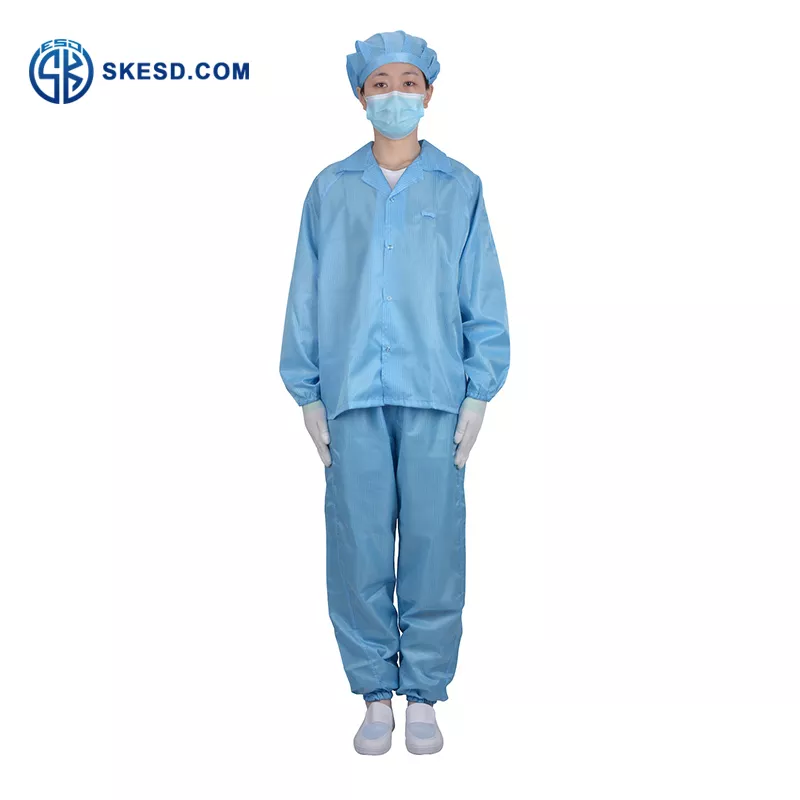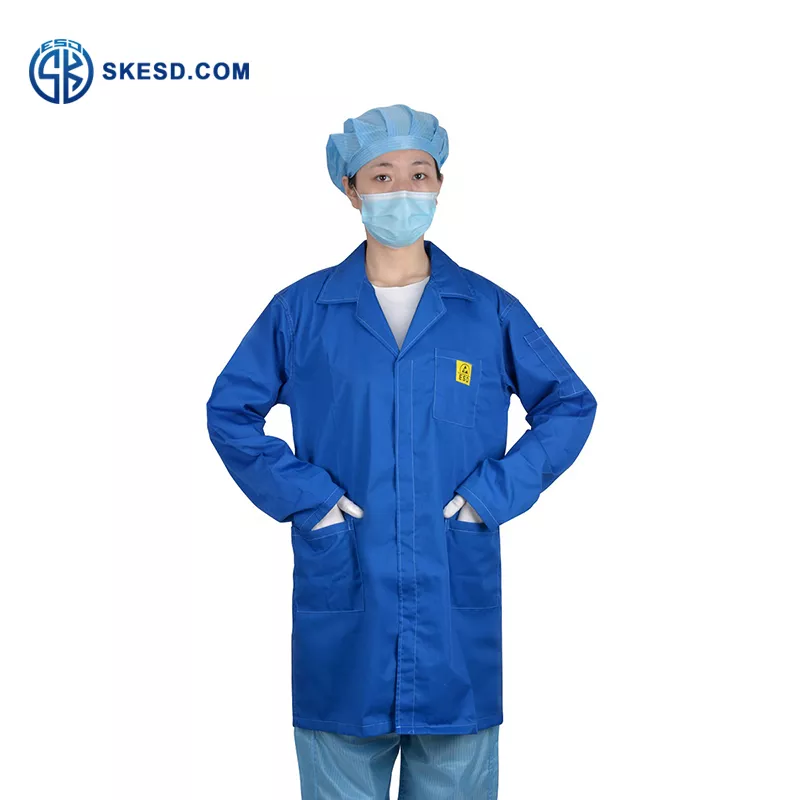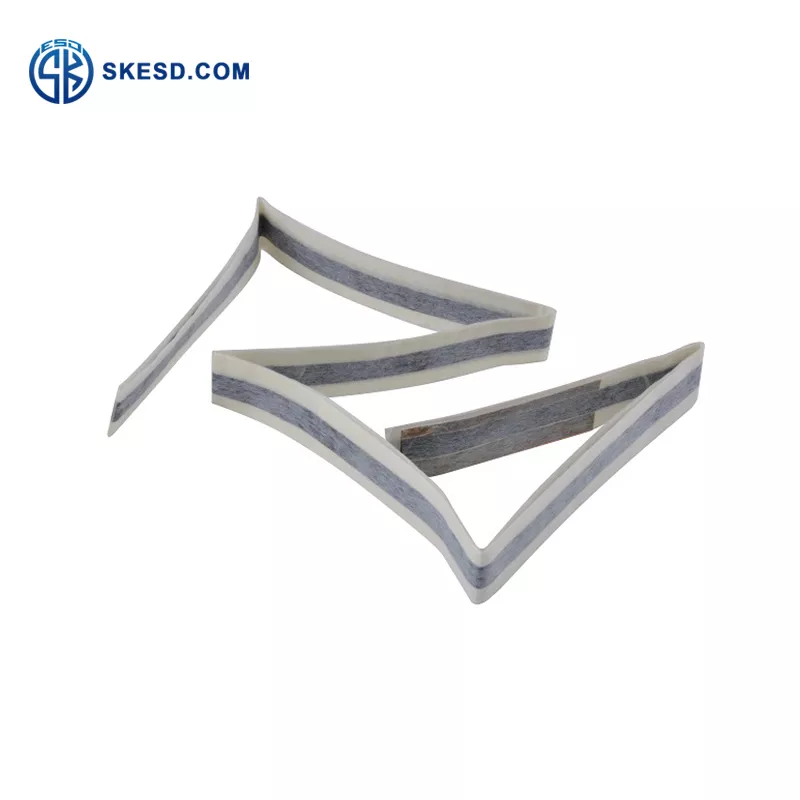Clean room suits are specialized garments designed to maintain a sterile environment in high-tech industries such as pharmaceuticals, biotechnology, and electronics. These suits are crucial in preventing contamination and ensuring the safety and quality of products. In this article, we’ll explore the importance of clean room suits and how they work to maintain a sterile environment.

What are clean room suits?
Clean room suits are specialized garments designed to maintain a sterile environment in high-tech industries. They are made from materials that prevent the release of particles and contaminants into the air, and are worn by workers to prevent contamination of products or equipment. Cleanroom suits typically include a hood, mask, gloves, and boots, and are often made from materials such as polyester, polypropylene, or Tyvek. They are essential in industries where even the smallest particle or contaminant can have a significant impact on product quality and safety.
Why are cleanroom suits important in high-tech industries?
Cleanroom suits are crucial in high-tech industries because they help maintain a sterile environment, which is essential for product quality and safety. In industries such as pharmaceuticals, biotechnology, and electronics, even the smallest particle or contaminant can cause significant problems. Cleanroom suits prevent workers from shedding particles and contaminants, and also protect workers from exposure to hazardous materials. Without clean room suits, these industries would not be able to maintain the high standards of quality and safety that are required.
How do cleanroom suits work to maintain a sterile environment?
Cleanroom suits work by creating a barrier between the wearer and the environment. They are made from materials that are designed to prevent shedding of particles and contaminants, such as lint-free polyester or polypropylene. The suits are also designed to fit tightly to the body, with elastic cuffs and hoods to prevent any gaps where particles could enter. In addition, clean room suits are often worn with gloves, booties, and face masks to provide even more protection. The suits are typically worn in clean rooms, which are specially designed environments with controlled air flow and filtration systems to minimize the presence of particles and contaminants. By wearing clean room suits, workers can help maintain the sterile environment necessary for high-tech industries to produce safe and high-quality products.
What are the different types of cleanroom suits?
There are several different types of clean room suits available, each designed for specific levels of protection and cleanliness. The most common types include coveralls, frocks, and bunny suits. Coveralls are one-piece suits that cover the entire body, while frocks are two-piece suits that consist of a jacket and pants. Bunny suits are similar to coveralls, but also include a hood and booties for added protection. The level of protection provided by each type of suit depends on the materials used and the design of the suit. It is important to choose the right type of suit for the specific needs of the industry and environment in which it will be used.
How should clean room suits be maintained and cleaned?
Clean room suits must be properly maintained and cleaned to ensure they continue to provide the necessary level of protection. Suits should be inspected regularly for any signs of damage or wear and tear, and should be replaced if necessary. Cleaning procedures will vary depending on the type of suit and the industry in which it is used, but generally involve using specialized cleaning agents and equipment to remove any contaminants. It is important to follow the manufacturer’s instructions for cleaning and maintenance to ensure the suits remain effective and safe to use.
Related Products:
continue reading







